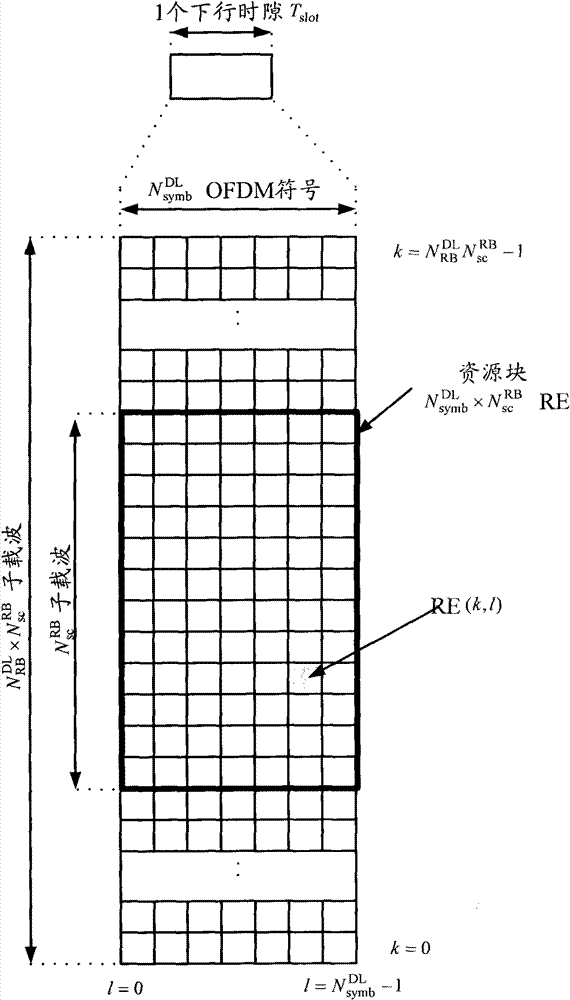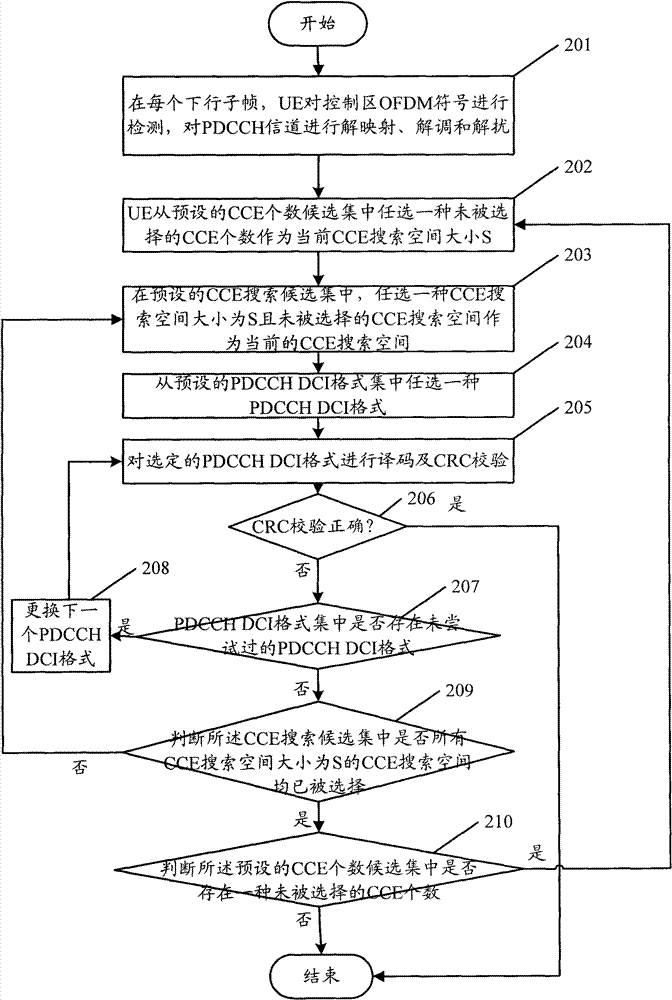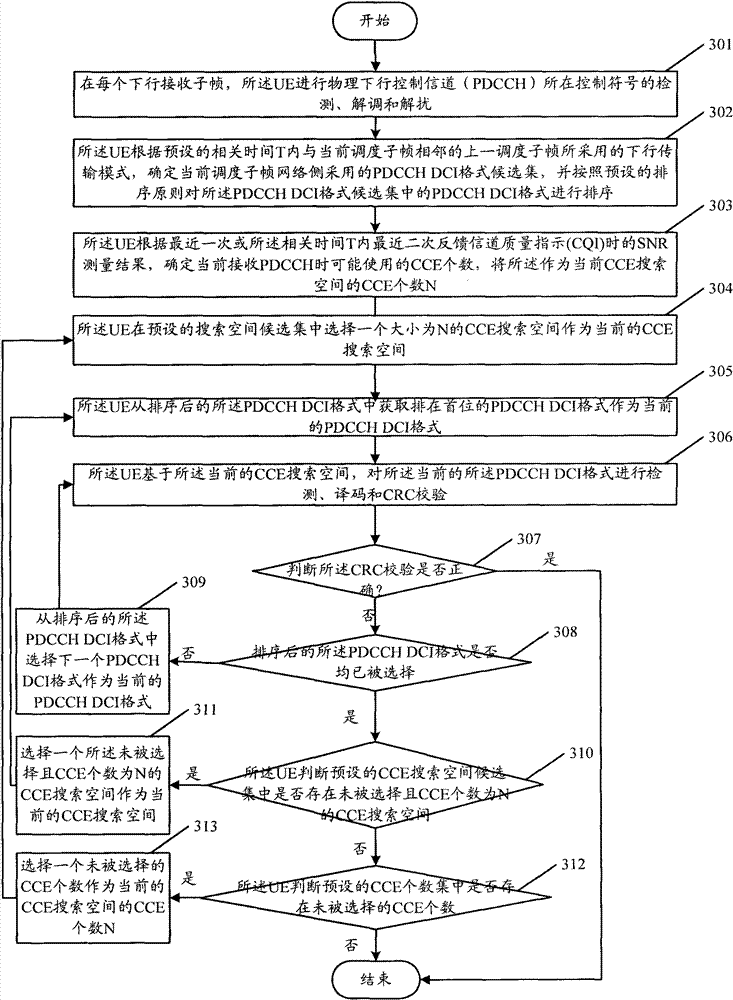Blind detection method
A blind detection and measurement result technology, applied in the field of blind detection, can solve the problems of unfavorable UE power saving, high complexity, large processing capacity, etc., and achieve the effect of reducing the number of attempts, reducing power consumption, and improving system performance
- Summary
- Abstract
- Description
- Claims
- Application Information
AI Technical Summary
Problems solved by technology
Method used
Image
Examples
Embodiment Construction
[0034] In order to make the purpose, technical solution and advantages of the present invention clearer, the present invention will be further described in detail below in conjunction with the accompanying drawings and specific embodiments.
[0035] The core idea of the present invention is: use the transmission mode and historical scheduling information configured by the network to the UE to determine the PDCCH DCI format blind detection candidate set, and use the channel SINR / SNR measurement and channel changes during two adjacent scheduling to preliminarily determine the bearer PDCCH In this way, the number of UE PDCCH blind detection attempts can be greatly reduced, the calculation amount and processing complexity of the UE can be reduced, the power consumption of the UE can be reduced, and the system performance can be improved.
[0036] image 3 It is a schematic flow chart of Embodiment 1 of the present invention. This embodiment provides that when the UE's last two e...
PUM
 Login to View More
Login to View More Abstract
Description
Claims
Application Information
 Login to View More
Login to View More - R&D
- Intellectual Property
- Life Sciences
- Materials
- Tech Scout
- Unparalleled Data Quality
- Higher Quality Content
- 60% Fewer Hallucinations
Browse by: Latest US Patents, China's latest patents, Technical Efficacy Thesaurus, Application Domain, Technology Topic, Popular Technical Reports.
© 2025 PatSnap. All rights reserved.Legal|Privacy policy|Modern Slavery Act Transparency Statement|Sitemap|About US| Contact US: help@patsnap.com



